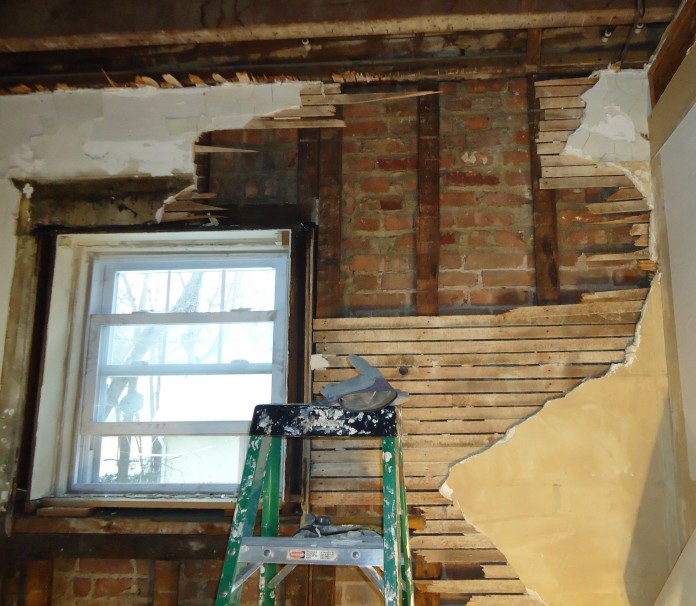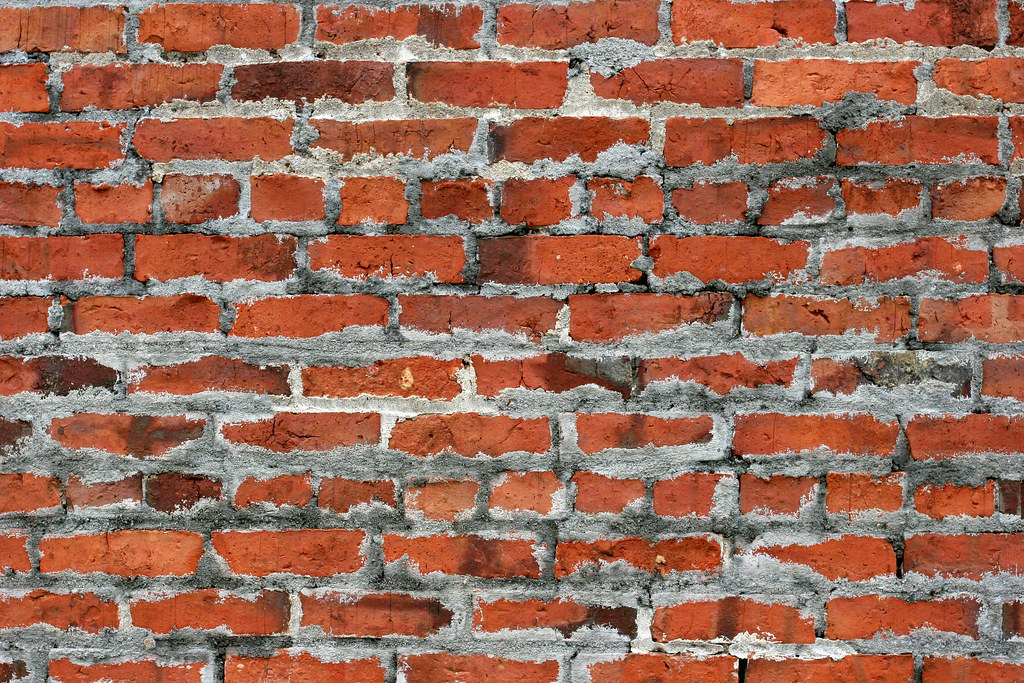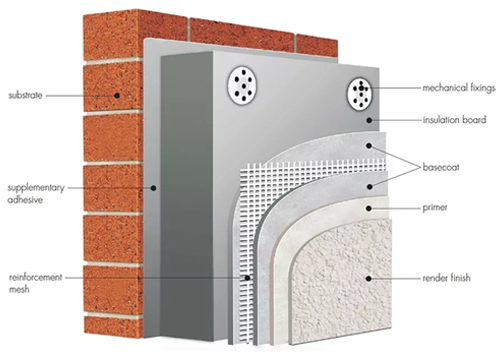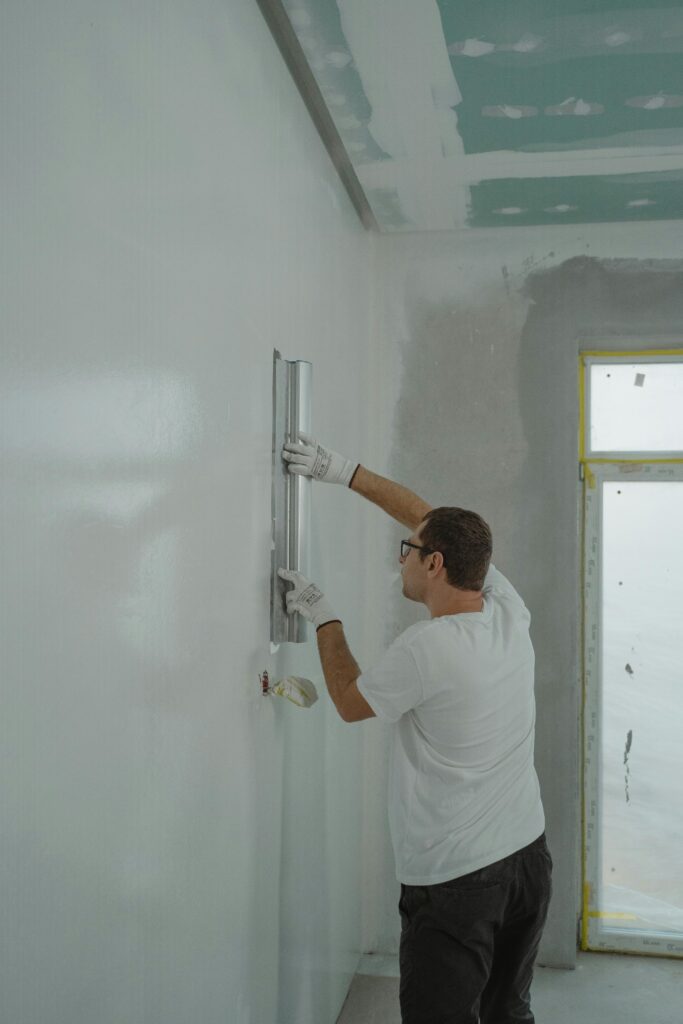Lath and Plaster Walls: The Ultimate Guide to Restoring Period Charm
Discover how traditional lath and plaster walls can transform your period property into a masterpiece of authentic craftsmanship. Understanding Lath and Plaster: A Historic Building Method Lath and plaster construction has been a cornerstone of British architecture since the 18th century, reaching its peak popularity in the mid-20th century. This time-tested technique involves creating walls and ceilings using wooden strips (laths) covered with multiple layers of plaster. Recent studies show that over 65% of pre-1919 buildings in the UK feature lath and plaster walls, making it a crucial element of our architectural heritage. The method gained prominence during the Georgian and Victorian eras, when rapid urban expansion demanded efficient, durable interior wall solutions. Its superior soundproofing qualities and ability to regulate humidity made it the preferred choice for prestigious buildings, many of which still stand today as testament to its longevity. The Anatomy of Lath and Plaster Walls The construction of lath and plaster walls follows a precise methodology that has remained largely unchanged for centuries. At its core, the system comprises wooden laths, typically measuring 25mm x 6mm, nailed horizontally to wall studs with carefully maintained 6mm gaps between them. These gaps are crucial as they allow the first layer of plaster to form ‘keys’ that lock the material in place. First Layer (Render): A coarse mixture of lime or gypsum plaster that pushes through the lath gaps to form keys Second Layer (Floating): A smoother coat that levels the surface and provides strength Final Layer (Setting): A fine finish coat that creates the smooth, decorative surface Traditional Reinforcement: Horsehair often incorporated into the base coat for added strength Why Choose Lath and Plaster for Your Period Property? Modern research has revealed that traditional lime plaster walls offer remarkable benefits that modern alternatives struggle to match. Studies indicate that properly maintained lath and plaster walls can last over 100 years, significantly outlasting modern plasterboard. The system provides superior sound insulation, with tests showing up to 5dB better performance compared to standard drywall. Additionally, the natural materials used create a breathable wall structure that helps regulate indoor humidity levels, contributing to healthier living spaces. Common Issues with Historic Lath and Plaster Structural Movement: Settlement cracks and separation from the lath backing Moisture Damage: Water infiltration leading to plaster deterioration and mould growth Impact Damage: Areas weakened by furniture movement or general wear Failed Previous Repairs: Incompatible modern materials causing further deterioration Recent surveys indicate that approximately 40% of period properties in the UK show some form of lath and plaster deterioration, with water damage being the primary culprit in 65% of cases. Professional Restoration Techniques Successful restoration of lath and plaster requires a careful blend of traditional craftsmanship and modern understanding. The process begins with a thorough assessment of the existing structure, identifying areas of weakness and determining the extent of necessary repairs. Professional plasterers typically spend 30% of project time on preparation alone, ensuring the best possible outcome. Surface Preparation: Careful removal of loose material while preserving sound areas Material Selection: Use of compatible lime-based plasters for historic properties Application Methods: Traditional three-coat system with proper curing time between layers Modern Adaptations: Integration of contemporary reinforcement methods where appropriate Maintaining Your Lath and Plaster Walls Regular maintenance is crucial for preserving lath and plaster walls. Experts recommend bi-annual inspections to catch potential issues early. Key maintenance practices include monitoring for signs of water ingress, addressing minor cracks promptly, and maintaining proper ventilation to prevent moisture buildup. Property owners should also be mindful of mounting heavy items, using appropriate fixings that distribute weight effectively. Making the Decision: Restore or Replace? The decision between restoration and replacement requires careful consideration of various factors. Recent data shows that proper restoration can cost 25-40% less than full replacement while preserving historical value. Consider these key points: Heritage Value: Listed buildings may require conservation of original features Cost Analysis: Long-term durability versus initial investment Property Value: Original features can increase property value by up to 20% Environmental Impact: Restoration typically has a lower carbon footprint Expert Tips for Success When undertaking a lath and plaster project, success lies in thorough planning and expert execution. Industry statistics show that 80% of successful restorations involve early consultation with conservation specialists. Here are essential considerations: Research local conservation guidelines and obtain necessary permissions Choose craftsmen with specific experience in historic plasterwork Allow adequate time for proper drying between coats (typically 2-3 days per layer) Document all work for future reference and maintenance Conclusion: Preserving History Through Skilled Craftsmanship The preservation of lath and plaster walls represents more than just maintaining a building element; it’s about protecting our architectural heritage for future generations. With proper care and professional expertise, these traditional features can continue to provide superior performance while maintaining the authentic character of period properties. As we’ve explored, the combination of historical techniques with modern understanding offers the best approach to ensuring these valuable architectural elements endure for centuries to come. FAQ Is lath and plaster hazardous? While these walls were popular in older homes, their construction materials could contain asbestos, posing health risks if disturbed. Identifying asbestos in lath and plaster walls demands careful inspection and professional assistance, due to the health hazards associated with asbestos exposure. Did lath and plaster contain asbestos? “Lath and plaster asbestos” is an older method in which plaster was applied directly to a wood or metal frame, called a “lath.” Many homeowners with homes built before the mid-1980s wonder if lath and plaster is dangerous, but they should know that both methods could have used asbestos in plaster. What is the problem with lath and plaster? While rigid and strong for internal walls, plaster can also be brittle and may crack at its weakest points if exposed to vibration or water ingress. If this is allowed to spread across a ceiling in large enough sections, it may sag under the weight and even collapse if the damage is great. Sources [1] https://en.wikipedia.org/wiki/Lath_and_plaster [2] https://www.thespruce.com/plaster-and-lath-came-before-drywall-1822861 [3] https://www.youtube.com/watch?v=03FpvpwAa3c
Lath and Plaster Walls: The Ultimate Guide to Restoring Period Charm Read More »










